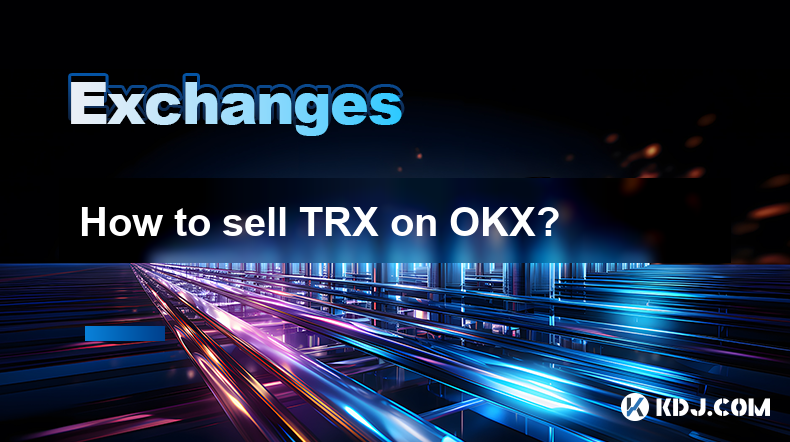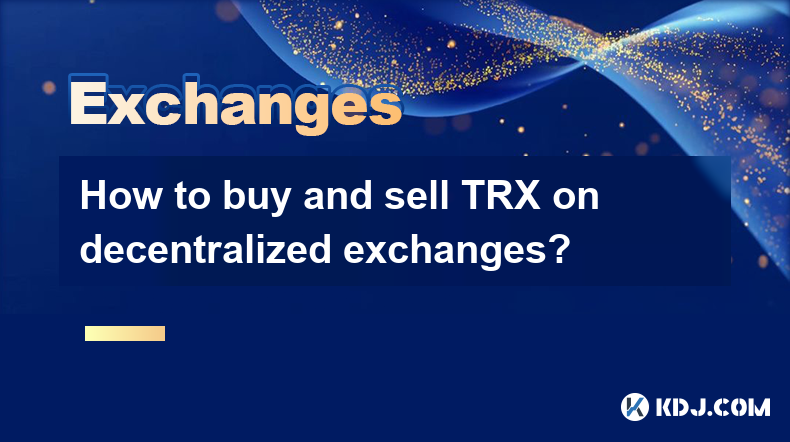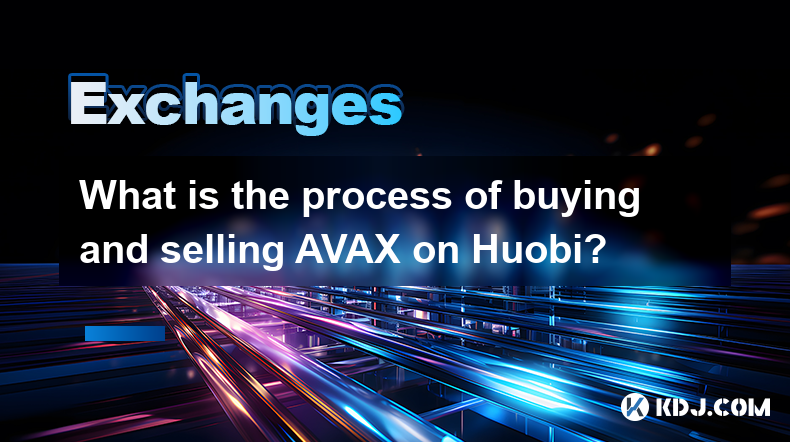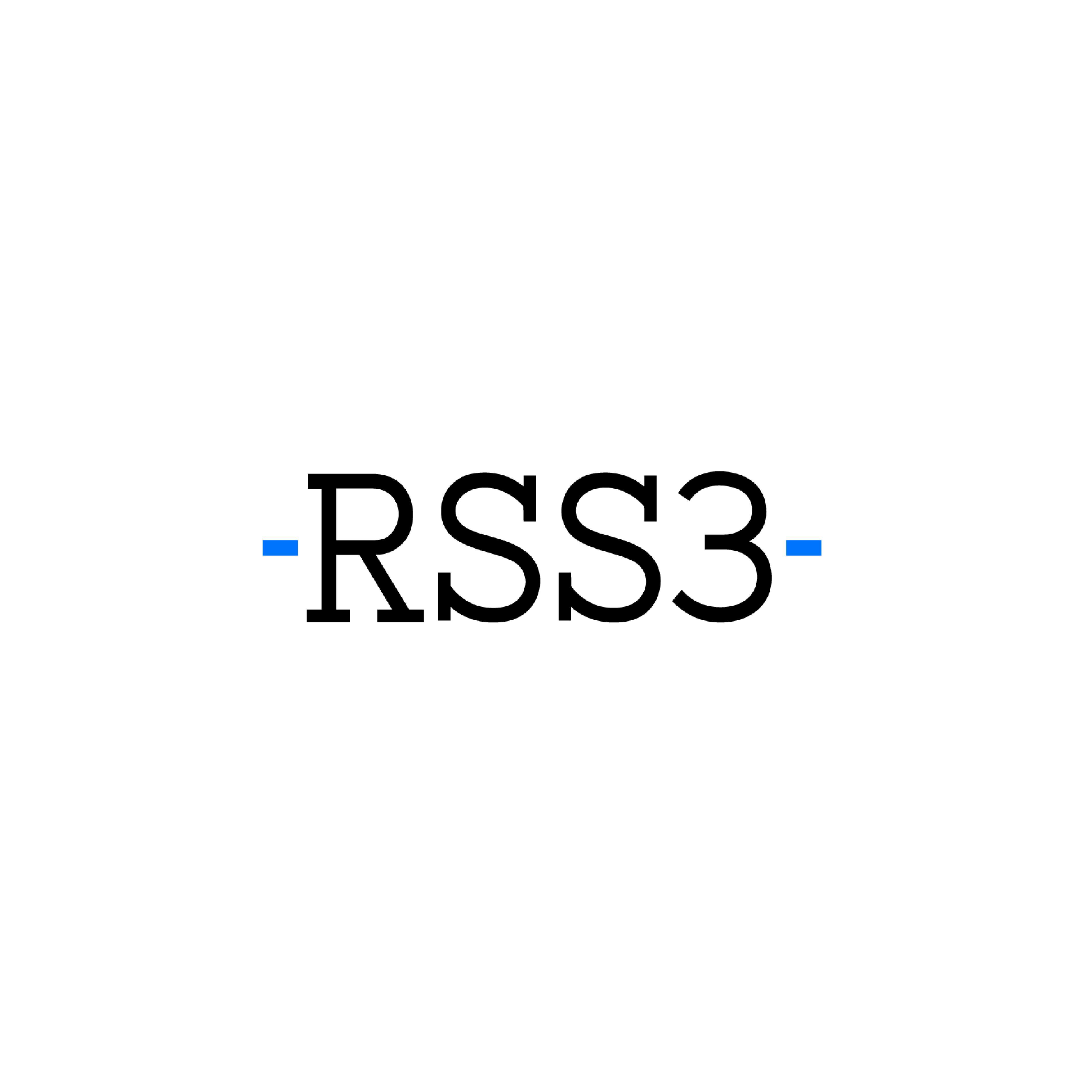-
 Bitcoin
Bitcoin $84,443.4962
0.02% -
 Ethereum
Ethereum $1,582.7330
-0.06% -
 Tether USDt
Tether USDt $0.9999
0.02% -
 XRP
XRP $2.0686
-0.23% -
 BNB
BNB $593.8528
1.03% -
 Solana
Solana $132.9936
0.59% -
 USDC
USDC $0.9999
0.00% -
 Dogecoin
Dogecoin $0.1564
0.96% -
 TRON
TRON $0.2431
-1.93% -
 Cardano
Cardano $0.6164
-0.27% -
 UNUS SED LEO
UNUS SED LEO $9.0553
-0.41% -
 Chainlink
Chainlink $12.5300
1.25% -
 Avalanche
Avalanche $18.9302
-0.72% -
 Toncoin
Toncoin $3.0107
1.98% -
 Stellar
Stellar $0.2425
1.76% -
 Shiba Inu
Shiba Inu $0.0...01211
3.34% -
 Hedera
Hedera $0.1646
2.77% -
 Sui
Sui $2.1145
1.31% -
 Bitcoin Cash
Bitcoin Cash $340.9180
3.02% -
 Polkadot
Polkadot $3.6957
2.54% -
 Litecoin
Litecoin $75.7384
1.29% -
 Hyperliquid
Hyperliquid $16.6328
2.33% -
 Dai
Dai $1.0000
0.01% -
 Bitget Token
Bitget Token $4.3771
1.09% -
 Ethena USDe
Ethena USDe $0.9991
0.01% -
 Pi
Pi $0.6191
1.14% -
 Monero
Monero $217.4632
0.71% -
 Uniswap
Uniswap $5.1739
0.52% -
 OKB
OKB $50.3858
0.05% -
 Pepe
Pepe $0.0...07182
0.25%
What is the automatic position reduction mechanism of gate.io?
Gate.io's automatic position reduction mechanism helps manage risk by closing positions when margin levels drop, ensuring market stability and trader protection.
Apr 11, 2025 at 11:08 am

Introduction to Gate.io's Automatic Position Reduction Mechanism
Gate.io, a leading cryptocurrency exchange, has implemented an automatic position reduction mechanism to manage risk and maintain market stability. This mechanism is crucial for traders who engage in leveraged trading, as it helps prevent significant losses and ensures the platform's overall health. Understanding how this mechanism works is essential for anyone looking to trade on Gate.io effectively.
What is Automatic Position Reduction?
Automatic position reduction, also known as auto-deleveraging, is a process where the exchange automatically closes or reduces a trader's position to manage risk. This mechanism is triggered when the market moves against a trader's position, and the trader's margin falls below a certain threshold. The goal is to prevent the trader from incurring further losses and to protect the exchange from potential defaults.
How Does Gate.io's Automatic Position Reduction Work?
Gate.io's automatic position reduction mechanism operates based on several key factors:
- Margin Level: The mechanism is triggered when a trader's margin level falls below the maintenance margin level. The maintenance margin is the minimum amount of equity required to keep a position open.
- Liquidation Price: Each position has a liquidation price, which is the price at which the position will be automatically closed if reached. This price is calculated based on the initial margin, leverage, and current market price.
- Order of Liquidation: When multiple positions are at risk of liquidation, Gate.io follows a specific order to determine which positions to liquidate first. This order is typically based on the time the position was opened, with the oldest positions being liquidated first.
Steps Involved in Automatic Position Reduction
When the automatic position reduction mechanism is triggered, the following steps occur:
- Monitoring: Gate.io continuously monitors all open positions to check if any are at risk of liquidation.
- Notification: If a position's margin level falls below the maintenance margin, the trader receives a notification warning them of the potential liquidation.
- Partial Liquidation: If the margin level continues to drop, Gate.io may initiate a partial liquidation to bring the margin level back above the maintenance margin. This involves closing a portion of the position.
- Full Liquidation: If the margin level still does not recover, the entire position is liquidated to prevent further losses.
Impact on Traders
The automatic position reduction mechanism has several implications for traders:
- Risk Management: It helps traders manage their risk by automatically closing positions that are at risk of significant losses.
- Market Stability: By preventing large losses, the mechanism contributes to the overall stability of the market on Gate.io.
- Trader Responsibility: Traders must be aware of their positions and the potential for automatic liquidation. They should monitor their margin levels and adjust their positions accordingly to avoid unexpected liquidations.
How to Avoid Automatic Position Reduction
Traders can take several steps to minimize the risk of automatic position reduction:
- Monitor Margin Levels: Regularly check your margin levels to ensure they remain above the maintenance margin.
- Use Stop-Loss Orders: Implement stop-loss orders to automatically close positions at a predetermined price, reducing the risk of liquidation.
- Adjust Leverage: Use lower leverage to reduce the risk of your margin level falling below the maintenance margin.
- Diversify Positions: Spread your investments across different assets to reduce the impact of a single position being liquidated.
Frequently Asked Questions
Q: Can I manually close my position before it gets liquidated?
A: Yes, you can manually close your position at any time before it reaches the liquidation price. It's advisable to monitor your positions closely and take action if you see the market moving against you.
Q: What happens to my funds if my position is liquidated?
A: If your position is liquidated, any remaining funds in your account after covering the losses will be available for withdrawal. However, if your losses exceed your account balance, you may end up with a negative balance, which you will need to cover.
Q: Does Gate.io charge any fees for automatic position reduction?
A: Gate.io does not charge additional fees for the automatic position reduction process itself. However, standard trading fees may apply to the transactions involved in the liquidation process.
Q: How can I find out the liquidation price for my position?
A: You can find the liquidation price for your position in the trading interface on Gate.io. It is usually displayed alongside your open positions and can be calculated based on your initial margin, leverage, and current market price.
Disclaimer:info@kdj.com
The information provided is not trading advice. kdj.com does not assume any responsibility for any investments made based on the information provided in this article. Cryptocurrencies are highly volatile and it is highly recommended that you invest with caution after thorough research!
If you believe that the content used on this website infringes your copyright, please contact us immediately (info@kdj.com) and we will delete it promptly.
- Rare 2p coin which was found in a piggy bank could make hundreds, as expert predict it's worth 20,000 times its High Street value
- 2025-04-18 23:10:13
- AI‑themed cryptocurrencies—led by Bittensor [TAO] and Artificial Super Intelligence Alliance [FET]—surged
- 2025-04-18 23:10:13
- Why Is XRP's Price Stagnant Despite Favorable Legal Outcomes and Expanding Partnerships?
- 2025-04-18 23:05:13
- Despite Positive News, XRP Price Remains Near the $2 Mark, Disappointing Investors
- 2025-04-18 23:05:13
- The shimmer of Ethereum (ETH) beckons once again as an unexpected resurgence in U.S. investors' appetite lights up its bullish prospects.
- 2025-04-18 23:00:13
- Observing valuable coins in your everyday pocket change is like striking gold.
- 2025-04-18 23:00:13
Related knowledge

How to sell TRX on OKX?
Apr 18,2025 at 11:07pm
Selling TRX on OKX is a straightforward process that can be completed in a few simple steps. This article will guide you through the entire process, ensuring that you understand each step thoroughly. Whether you are a beginner or an experienced trader, this guide will help you navigate the OKX platform with ease. Preparing to Sell TRX on OKXBefore you c...

How to buy and sell TRX on decentralized exchanges?
Apr 18,2025 at 08:08pm
Introduction to TRX and Decentralized ExchangesTRX, or Tron, is a popular cryptocurrency that aims to build a decentralized internet and entertainment ecosystem. Decentralized exchanges (DEXs) offer a way to trade cryptocurrencies like TRX without the need for a central authority, providing greater privacy and control over your funds. In this article, w...

What is the process of buying and selling AVAX on Huobi?
Apr 18,2025 at 07:50pm
Understanding AVAX and Huobi Before diving into the process of buying and selling AVAX on Huobi, it's essential to understand what these terms mean. AVAX is the native cryptocurrency of the Avalanche blockchain, a platform designed for decentralized applications and custom blockchain networks. Huobi, on the other hand, is a leading global cryptocurrency...

Digital currency exchange trading volume and reputation ranking in 2025
Apr 18,2025 at 01:38pm
In 2025, trading volume and reputation have become the two key indicators for measuring the quality of the exchange. Trading volume reflects the activity and market acceptance of the exchange, while reputation represents the user's trust and security of the exchange. According to the latest statistics, the trading volume of global digital currency e...

Comprehensive evaluation of the best cryptocurrency exchanges in 2025
Apr 18,2025 at 01:33pm
In 2025, the rapid development of the cryptocurrency market has made competition between exchanges increasingly fierce, and each platform is constantly improving its services and functions to attract more users. Security, transaction fees, user experience and supported cryptocurrencies are the key considerations when choosing an exchange. This article w...

Cryptocurrency Exchange Security and Liquidity Ranking in 2025
Apr 18,2025 at 01:16pm
In 2025, with the continuous development and maturity of the cryptocurrency market, competition among exchanges has become increasingly fierce, and security and liquidity have become important indicators for measuring the quality of exchanges. Security not only includes the exchange's technical protection measures, but also covers its compliance and...

How to sell TRX on OKX?
Apr 18,2025 at 11:07pm
Selling TRX on OKX is a straightforward process that can be completed in a few simple steps. This article will guide you through the entire process, ensuring that you understand each step thoroughly. Whether you are a beginner or an experienced trader, this guide will help you navigate the OKX platform with ease. Preparing to Sell TRX on OKXBefore you c...

How to buy and sell TRX on decentralized exchanges?
Apr 18,2025 at 08:08pm
Introduction to TRX and Decentralized ExchangesTRX, or Tron, is a popular cryptocurrency that aims to build a decentralized internet and entertainment ecosystem. Decentralized exchanges (DEXs) offer a way to trade cryptocurrencies like TRX without the need for a central authority, providing greater privacy and control over your funds. In this article, w...

What is the process of buying and selling AVAX on Huobi?
Apr 18,2025 at 07:50pm
Understanding AVAX and Huobi Before diving into the process of buying and selling AVAX on Huobi, it's essential to understand what these terms mean. AVAX is the native cryptocurrency of the Avalanche blockchain, a platform designed for decentralized applications and custom blockchain networks. Huobi, on the other hand, is a leading global cryptocurrency...

Digital currency exchange trading volume and reputation ranking in 2025
Apr 18,2025 at 01:38pm
In 2025, trading volume and reputation have become the two key indicators for measuring the quality of the exchange. Trading volume reflects the activity and market acceptance of the exchange, while reputation represents the user's trust and security of the exchange. According to the latest statistics, the trading volume of global digital currency e...

Comprehensive evaluation of the best cryptocurrency exchanges in 2025
Apr 18,2025 at 01:33pm
In 2025, the rapid development of the cryptocurrency market has made competition between exchanges increasingly fierce, and each platform is constantly improving its services and functions to attract more users. Security, transaction fees, user experience and supported cryptocurrencies are the key considerations when choosing an exchange. This article w...

Cryptocurrency Exchange Security and Liquidity Ranking in 2025
Apr 18,2025 at 01:16pm
In 2025, with the continuous development and maturity of the cryptocurrency market, competition among exchanges has become increasingly fierce, and security and liquidity have become important indicators for measuring the quality of exchanges. Security not only includes the exchange's technical protection measures, but also covers its compliance and...
See all articles
























































































